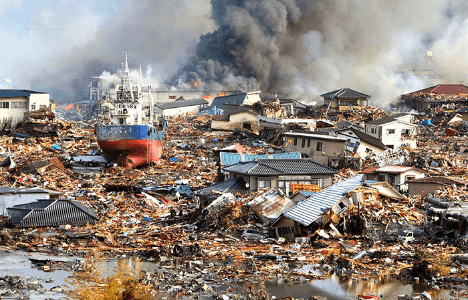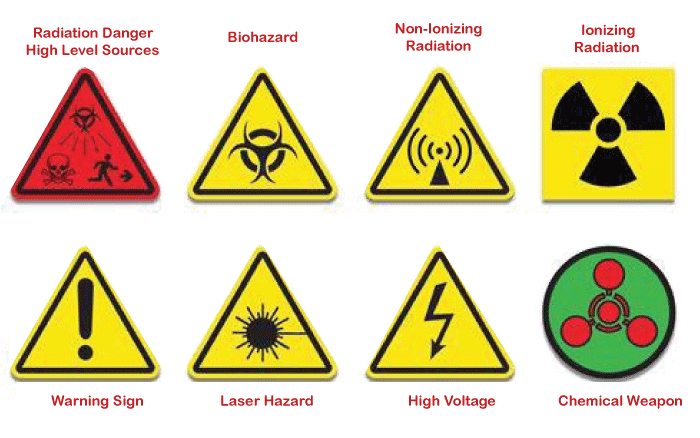Difference between Hazards and DisastersAny object, behavior, or situation that has the potential to injure, damage, or destroy any property or any living being is considered to be a hazard. In contrast, disaster refers to any serious disrupting attack on the community which cannot be tackled or recovered as it crosses its limits to cope with the situation with its resources. DisasterDisasters are normally categorized as natural disasters and anthropogenic disasters. Any disaster caused by natural hazards is referred to as a natural disaster, and any disaster caused by human activities or artificial hazards is inferred to be an anthropogenic disaster. Natural disasters include avalanches, floods, cold waves, ice storm volcanos, winter precipitation, tsunamis, hurricane, strong winds, tornadoes, typhoons, droughts, landslides, lightning, heat waves, wildfires, earthquakes, and cyclones. In contrast, criminality, terrorism, war, power outages, fire, civil disorder, industrial hazards, engineering, environmental, and transportation hazards are various anthropogenic hazards. These days, disasters are turning complex due to the absence of a single root cause. This situation of rising complex disasters is rising much more in developing countries compared to others. Sometimes, a particular disaster may lead to the formation of a secondary disaster and intensifies the impact in such a serious situation. The best example of this can be considered an earthquake which sometimes leads to a tsunami. Human activities like fire, management of resources, architecture, and others somewhere contribute to causing natural disasters. As discussed above, anthropogenic disasters, bioterrorism, nuclear war, and climate change also include in the same. 
Disasters are also classified as temporary and permanent disasters. Temporary disasters include floods, earthquakes, landslides, etc. Permanent disasters include individual and collective impurity, addiction, pollution, orthodoxy, downfall due to superstitions, population explosion, health crisis, and others. HazardsHazards can be classified based on origin, energy resources, and effects. Hazards, based on origin, are categorized as natural, sociological, technological, anthropogenic, and combination. 
Based on energy resources, hazards can be classified as biological, chemical, ergonomic, mechanical, physical, and psychosocial hazards:
Based on effects, hazards are categorized as health, safety, economic, and environmental hazards:
Difference between hazard and disaster
Next TopicDifference between
|
 For Videos Join Our Youtube Channel: Join Now
For Videos Join Our Youtube Channel: Join Now
Feedback
- Send your Feedback to [email protected]
Help Others, Please Share










